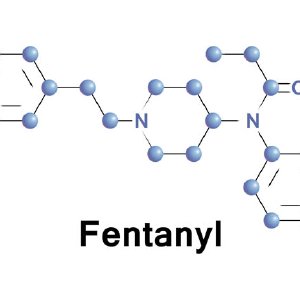New Drug Threats Arrive from Asia and are Also Found Within
The Constantly Changing Face of Drugs and Addiction—Part III
In the first two parts of this series, we looked at the way some people believe they can start using a new illicit drug on the market and suffer no harm. We also examined how painkillers can either be a blessing after an injury or a quick route to addiction. In Part III, we’ll conclude with a look at new drugs arriving on our shores from Asia and an internal threat that’s quickly become more serious.
Powerful synthetic opioids from Asia
In 2014, the world of opioid abuse in the United States took another turn. Opioids seized from drug dealers or found in the bodies of those who had died of overdoses began to show traces of new illicit opioids. Fentanyl was the first one found – fentanyl is actually a prescription painkiller so powerful that its administration is rigidly controlled. But this fentanyl didn’t come from a pharmaceutical company – it came from an illicit- laboratory.
Suddenly it was being found in bags that were supposed to contain heroin. Or it was found in pills sold by a drug dealer – pills that were supposed to be prescription painkillers but were, in fact, counterfeit. The only opioid in them was fentanyl – a hundred times more powerful than morphine.
Soon, fentanyl was joined by a number of other formulas – acetyl fentanyl, furanyl fentanyl, benzylfentanyl and carfentanil. The massive power of these formulas resulted in further increases in overdose deaths. Sometimes these formula shifts were intended to circumvent federal laws on what drugs could be imported into the U.S. from chemical manufacturers in Asia. In other words, fentanyl might be illegal, but benzylfentanyl might not be, for a little while at least. Carfentanil is the world’s most powerful opioid painkiller – in fact, it’s used by veterinarians to take down large animals. It takes only the tiniest dosage to kill a human. Gradually, in areas already hard-hit by heroin, overdoses from one of these forms of fentanyl or carfentanil began to be seen.

Legalization of marijuana for medical or recreational use
By 2016, more than two dozen states have legalized marijuana for medical use. Four states plus the District of Columbia have legalized it for recreational use. The administration of these markets varies greatly, with Colorado having the most liberal laws related to what forms the drug can take – buds, concentrates and all kinds of edibles – what kinds of advertising can be done and how many distribution outlets can be opened. The impact of legalization varies from state to state but one thing is certain: fewer young people think that marijuana use is harmful. After all, it’s legal for adults in some states and it’s pretty simple to get a medical marijuana card in most states where it’s legal for medical use. When smoked marijuana and potent edibles are legal, it sends a crystal clear message about the “innocuous” nature of this drug to anyone who has never seen the harm it can do.
The legalization of marijuana is gradually “normalizing” its use, both for adults and youth. As evidence, Colorado now has the highest rate of youth marijuana use in the country. In other states, higher drugged driving statistics have people worried.
As for indirect effects of this legalization, as more states passed legalized pot, drug cartels in Mexico tore out their marijuana crops and planted heroin poppies instead, meaning more availability of this drug to be shipped into the United States.
It’s hard enough for law enforcement and rehabilitation professionals to keep track of all these changes. It’s got to be even harder for an individual. As laws and usage patterns change, many people may feel confused about what’s right or wrong, and what’s harmful or harmless. Truly, there’s one truth that remains constant – it’s healthiest and safest to stay free from all substances. If you need help achieving a sober life, call us. We can help you or a loved one gain the ability to live and enjoy a sober life once again.
Read Part I: The Constantly Changing Face of Drugs and Addiction. Click here.
Read Part II: Out of Control Opioid Prescribing Turns into a Direct Path to Heroin. Click here.


